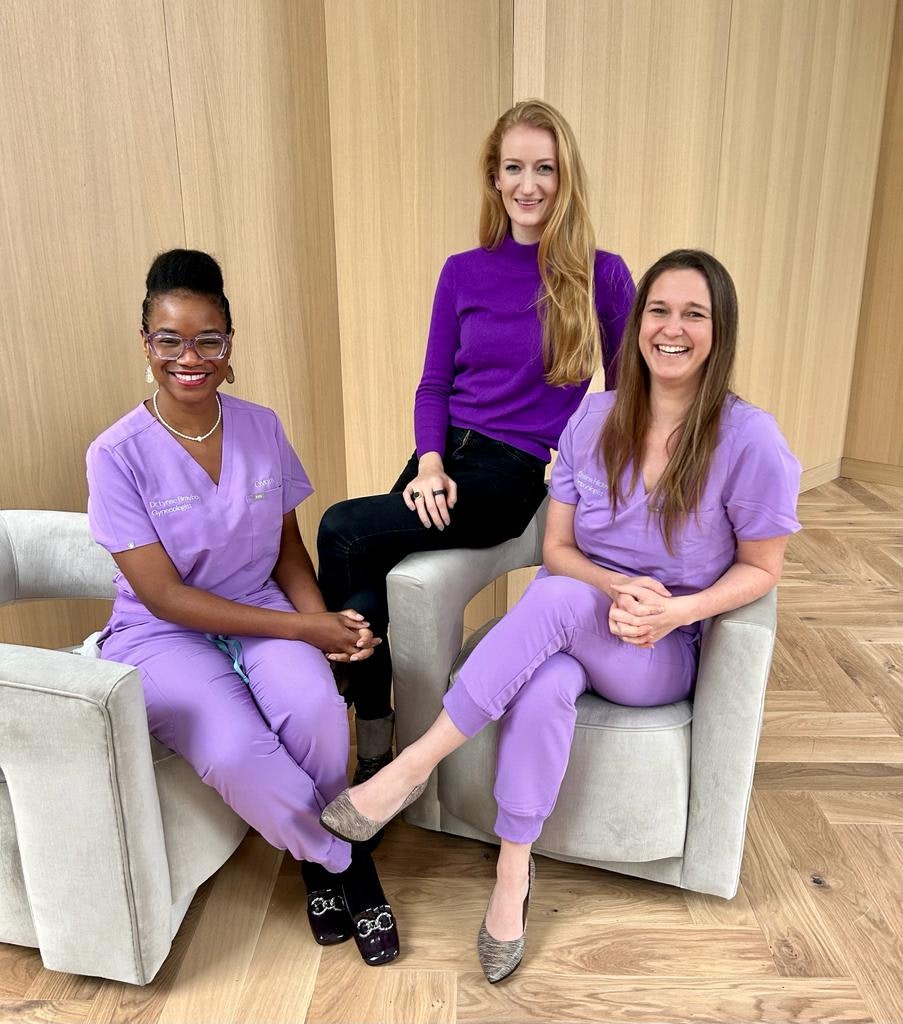In mid-2022, things didn’t look great for the digital health startup Joint Academy. The digital therapeutics startup for arthritis patients had just lost its largest paying customer — a healthcare region in Sweden — over a quarrel about how many sessions each patient should be allowed.
The mess put Joint Academy, which had been backed by well-known Swedish investors such as Sophia Bendz, Kinnevik, H&M owner Carl-Johan Persson and Alfven & Didrikson, on the brink of bankruptcy.
But in the 18 months since, the startup has dramatically turned things around. It’s now expanded to the UK, runs seven physical clinics in Sweden and is about to acquire a clinic in the US.
How did it turn things around?
Humble pie
When Joint Academy fell out with its biggest customer, it lost 80% of its recurring revenue.
The company was on its knees — and until its dispute with the customer, a regional health provider, was resolved, none of Sweden’s other 20 regional health services would work with the business either.
Cofounder Jacob Dahlberg learnt his lesson. “You have to be humble,” he says when Sifted visits him at the opening of Joint Academy’s latest physical clinic in Nacka, a suburb of Stockholm.
“The situation was anything but perfect, but we have come out stronger and have a brand new business today than we would have built if this hadn't happened,” he says.
Apart from humility, Dahlberg also learnt not to rely on one large customer. The company has seven individual contracts with two regions in Sweden and also works with private health providers.
“We have a completely different and diversified revenue base now,” he says.
From digital to digi-physical
Joint Academy launched in 2014, offering digital therapies to arthritis patients. Working with regional health providers it was reimbursed for its services as a digital health provider.
In May 2023, Joint Academy acquired the first of its seven physical clinics. It gained access to the clinics’ patients and was able to broaden its speciality from arthritis to any kind of physiotherapy need.
In addition, owning clinics meant Joint Academy wasn’t limited to the reimbursements that digital health providers receive.
“We believed that both owning and running physical care clinics was strategically the right decision,” Dahlberg says. “This is also something that we now see in our results. We’ve seen a lot of healthcare companies that only work digital that have a tough time now [because of the reimbursement system].”
It’s not the only digital health startup that has branched into physical health. One of Europe’s biggest digital health startups, Kry, now operates over 60 physical clinics across its three markets.
“If you own a clinic you have a natural flow of patients daily,” explains Dahlberg, who’s on the verge of acquiring a physical clinic in the US — which currently doesn’t have a digital offering. “If we bought it, we could add software and start offering telemedicine, digital therapeutics and those things.”
Joint Academy already has several contracts with insurance companies in the US, as well as a new contract with the UK’s largest private hospital provider Circle Health Group. As part of an NHS pilot project with the Highland and Islands in Scotland, it is also testing its digital therapeutics on a few thousand patients waiting for a hip or knee prosthesis operation. At present, the waiting time for surgery is over a year.
“So far we’ve seen fantastic data with about every fifth treated patient changing their mind about surgery,” Dahlberg says.
In the future, Joint Academy is also looking to acquire clinics in the UK.
Where did the money come from?
In 2022, Joint Academy’s revenue more than halved — dropping from almost 200m SEK (€17m) in 2021 to 79m SEK (€6.8m) in 2022. Losses also piled up, reaching 130m SEK (€11m) in 2022.
The company, which had raised a total of €30m from its investors, needed fresh capital to avoid the risk of bankruptcy. Luckily, the investors still believed in the business.
“They supported us throughout — it wouldn’t have been possible otherwise,” Dahlberg says. “We had a very open dialogue wether to accelerate or put the brakes on the business.”
The investors agreed a convertible loan of 191m SEK (€16m) in 2022, according to the annual report. As written in the annual report, it says that the company has secured further funding early in 2023 as part of a package of cutting costs in terms of staff expenses – and a lot of the staff were subsequently made redundant.
Dahlberg also stepped down as CEO earlier this year to focus on the US market and COO Emil Hansson took over as chief exec.
Today, things have changed dramatically. The company is expecting an annual revenue of 200m SEK (€20m) and expects a positive EBITDA in the second quarter of this year, according to Dahlberg.
“What we’ve learnt is the importance of having a diversified revenue base. We have that now,” he says.


